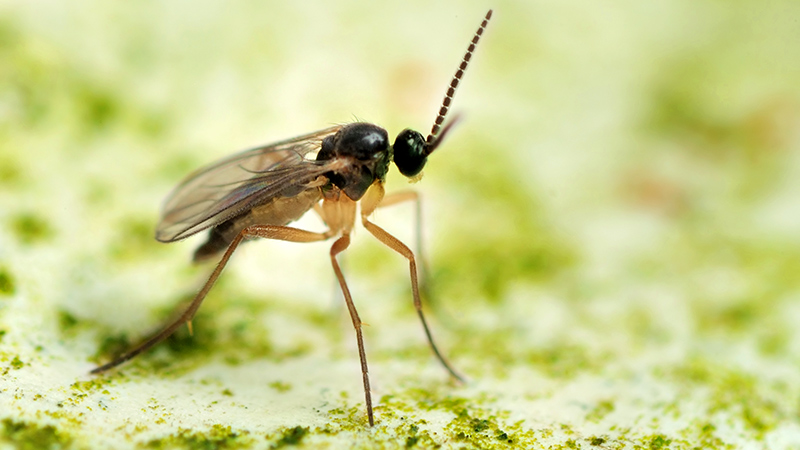How Environmental Stresses Can Impact Cannabinoid Production
The cannabinoid content of cannabis is primarily determined by genetic factors that depend on variety, tissue type, position of tissue, and growth stage. However, greenhouse environmental conditions are also major factors that contribute to the production and accumulation of cannabinoids.
Environmental stresses, such as light, temperature, water deficit, nutrition, heavy metals, phytohormones, soil bacteria, and biotic stresses can all greatly affect the production of THC and CBD, for example. With a series of stress experiments, a recent study conducted by Colorado State University set out to investigate the effects of short-term environmental stresses on the onset of cannabinoid production in young immature flowers.
For the analysis, a local Colorado hemp variety that is known to produce around 5^% to 10% CBD, named Green-Thunder, was grown in a greenhouse maintained at 68°F to 77°F at a humidity level of 50% to 70%. Several types of stress experiments were set up. For the mechanical wounding experiment, on day 1, three fully expanded fan leaves, at least three nodes from the top were punctured using a ¼-inch round hole punch for 12 holes per leaf. For herbivore damage, a total of 20 third instar caterpillar larvae of tobacco hornworm Manduca sexta were placed on the leaves of six hemp plants that were covered with a mesh net bag for five 5 days. For the heat treatment, excess heat was generated by a heater for seven days. For the drought experiment, a water deficient condition was simulated by irrigating twice a week with 200 ml, which is approximately 20% relative water content in the soil, while control plants were grown under well-watered condition.
The study found that the five days of mechanical wounding did not affect the production of any of the cannabinoids during the initial stage of flowering. However, after five days of herbivore treatment, there was a significant difference in concentration between day 1 and day 6 of Cannabigerolic acid (CBGA) and CBD between the control and treatment plants. The seven days of heat treatment significantly reduced the production of CBGA during this observed window.
The researchers note that further studies are necessary to validate if the observed changes apply to mature buds and to understand the hypothesized underlying gene regulation causing these increases or decreases in cannabinoid concentrations.
Learn more about the study and its results here.








